laravel定义路由的方法:1、利用get方式,语法为“Route::get(路径, function () {return 返回值;});”;2、利用post方式,语法为“Route::post(路径, 匿名方法);”。
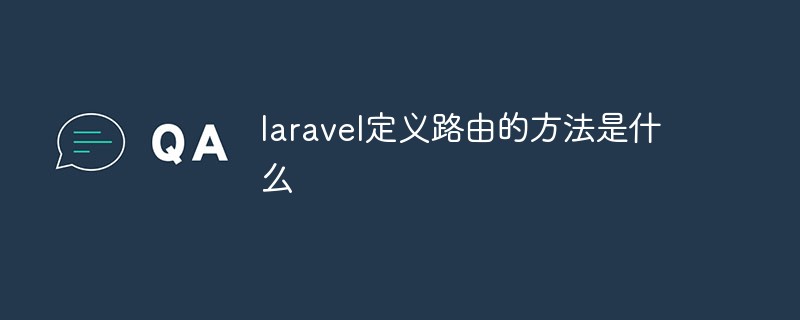
本文操作环境:Windows10系统、Laravel6版、Dell G3电脑。
“路径的来由”,类似于java的映射,实际的作用就是对数据的接受和处理确立一个明确的指向,而路径的来由就要牵扯到两个问题:路径以什么方式来的?路径来了该往哪儿去?下面就会用几个例子来介绍路由的几种定义方式。
我们先找到laravel的项目路径,在这里找到名为routes的文件夹,这里是存储路由的地方,在该文件夹中我们能看到web.php文件,这里就是我们定义路由的地方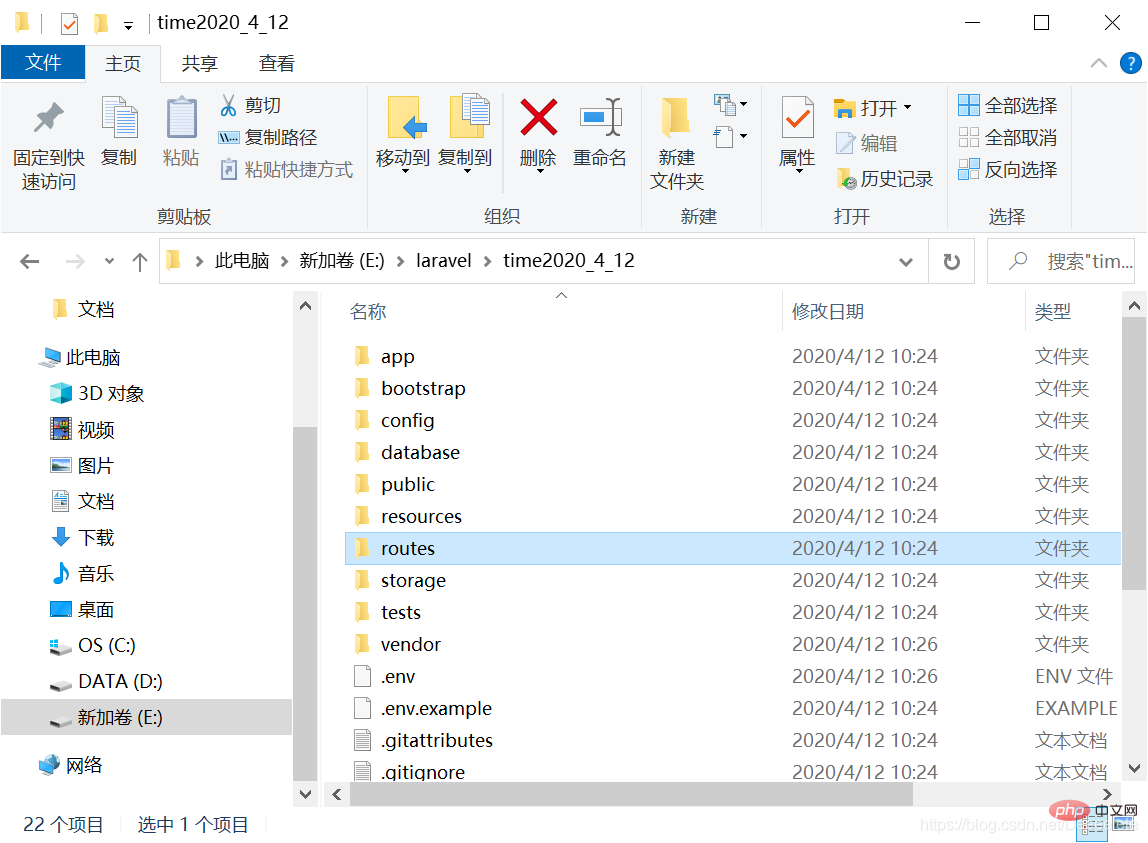

在web.php里默认就有一条指向根的路由,这里就是用的get方式进行请求的,Route::是固定的路由声明格式,接着后面定义请求方式,get()中有两个参数,第一个是路径,第二个是匿名方法,方法里填写返回值。
//根路由Route::get('/', function () {
return view('welcome');});请求: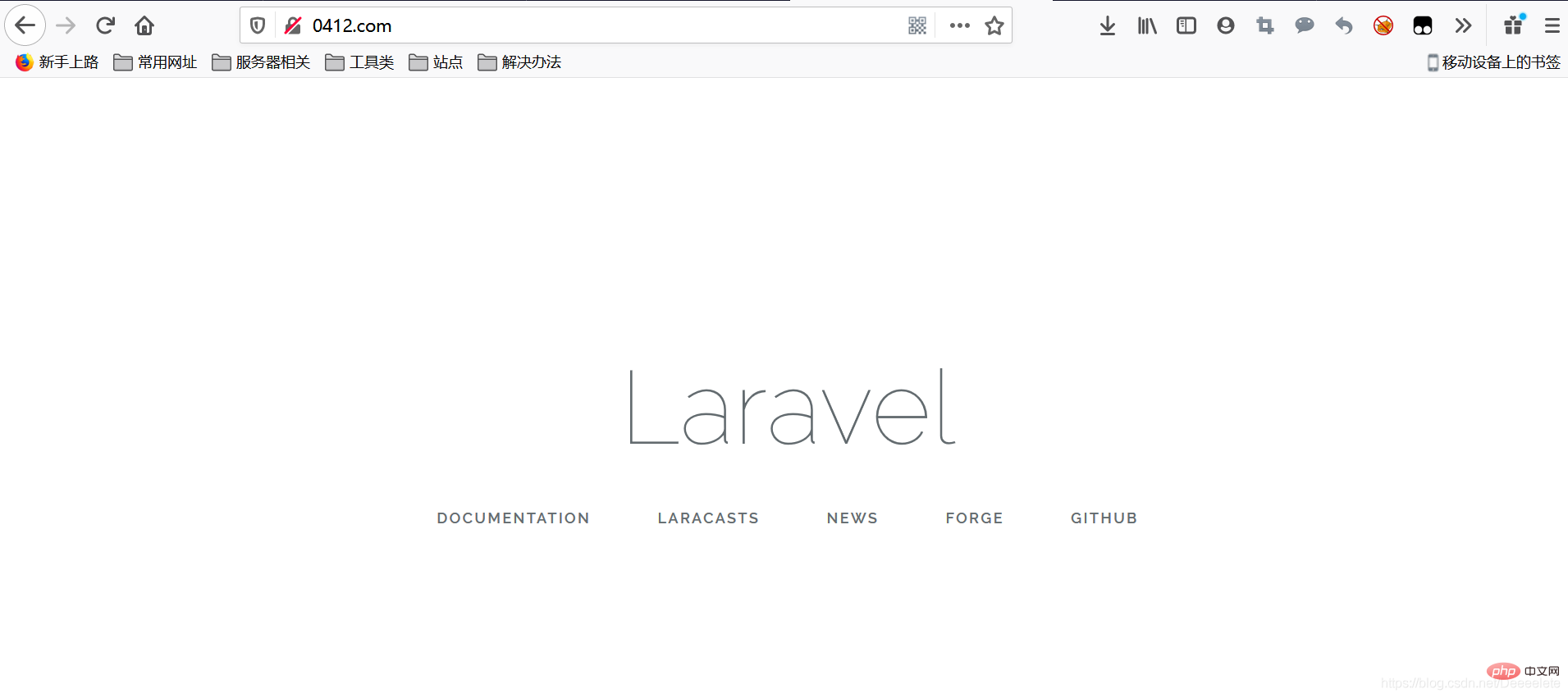
post路由的定义格式跟get一样,不管是从声明格式还是参数设置上都是同样的,只是请求方式不一样,但因为我们这里并没有涉及到表单之类的提交操作,所以就不再放出类似的演示截图了。
//post路由Route::post('/post', function () {
echo 'post请求方式演示';});any即任意,无论是get请求还是post请求any路由都可以给通过。
//访问根下home1,可选参数传递Route::any('/home1', function () {
echo '当前是根下home1';});演示:
也可以进行传参
//必选参数传递Route::any('/test1/{id}', function ($id) {
echo '当前是根用户id' . $id;});演示:
match是可指定多方式进行路由,它像any一样可以支持多种方式,只不过这里需要自己制定需要用的请求方式, 因此比其他的路由配置多了一个参数。
//我们指定post和get方式Route::match(['get','post'],'/home', function () {
echo '当前是根下home';});演示: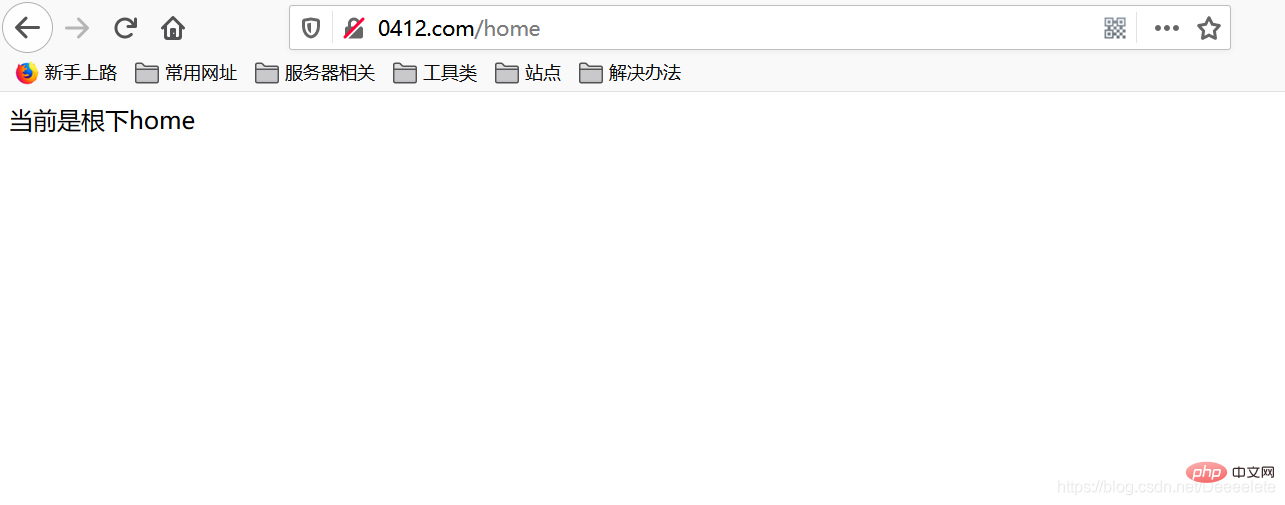
路由群组的概念就类似于我们windows的文件目录,我们原本把一大堆图片散布在桌面上,后来为了方便管理新建了一个文件夹然后把图片整理进去,只不过这里保存的不是图片而是路由。
在group的匿名函数下就可以写多条路由了。
//路由群组Route::group(['prefix'=>'admin'], function () {
Route::any('test1', function () {
echo '路由群组测试';});});演示: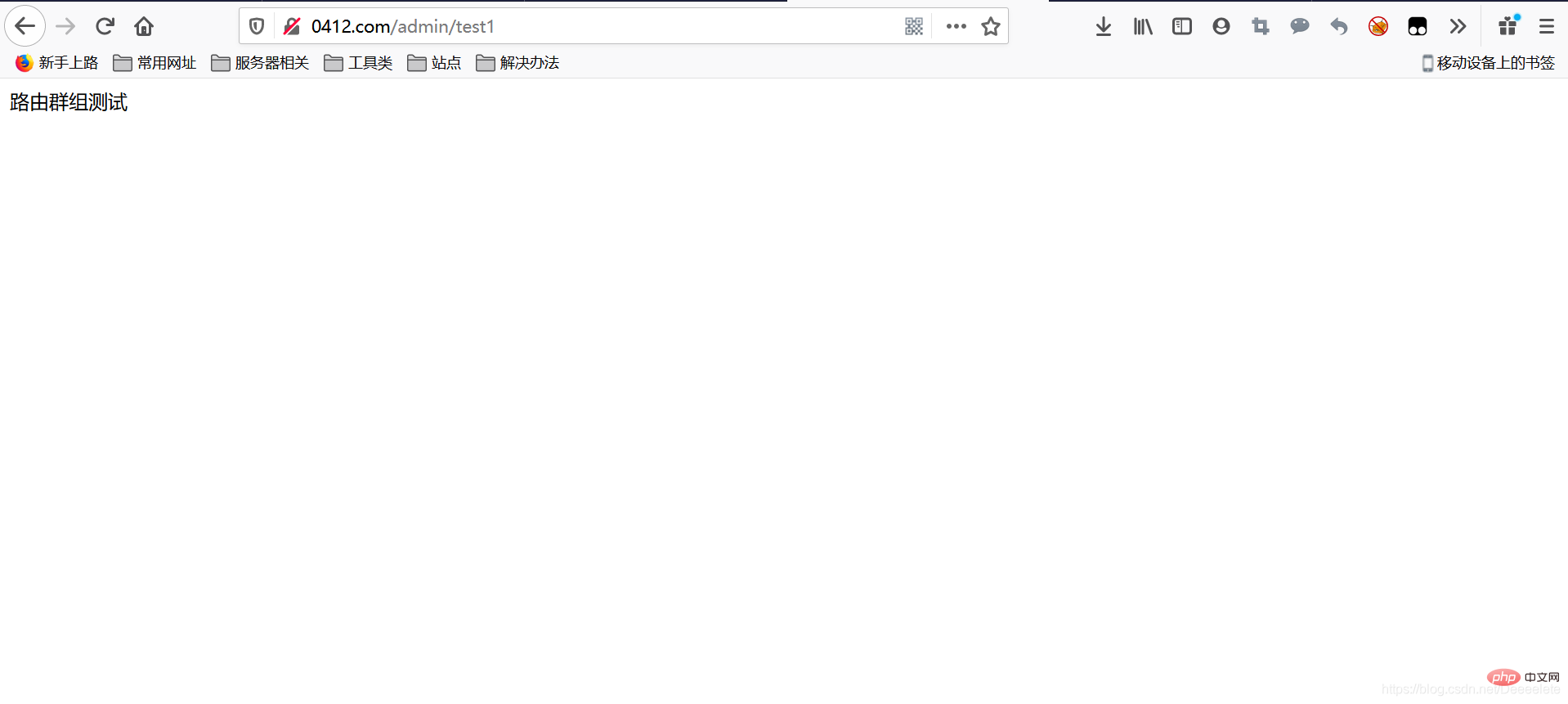
【相关推荐:laravel视频教程】
以上就是laravel定义路由的方法是什么的详细内容,更多请关注php中文网其它相关文章!




Copyright 2014-2025 https://www.php.cn/ All Rights Reserved | php.cn | 湘ICP备2023035733号